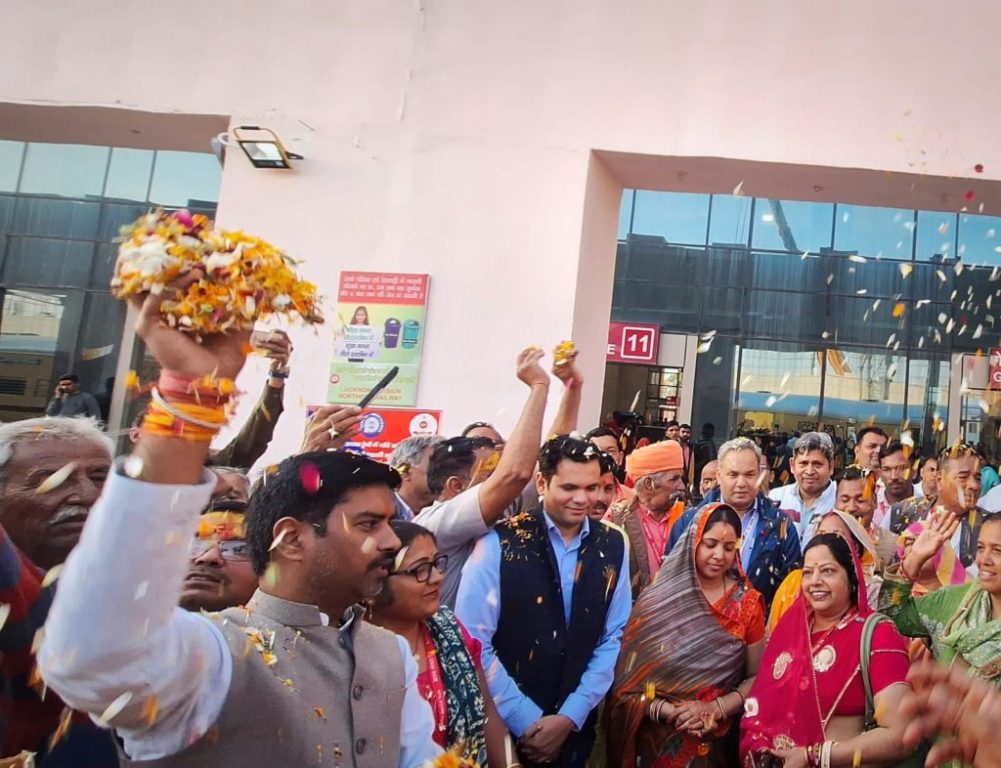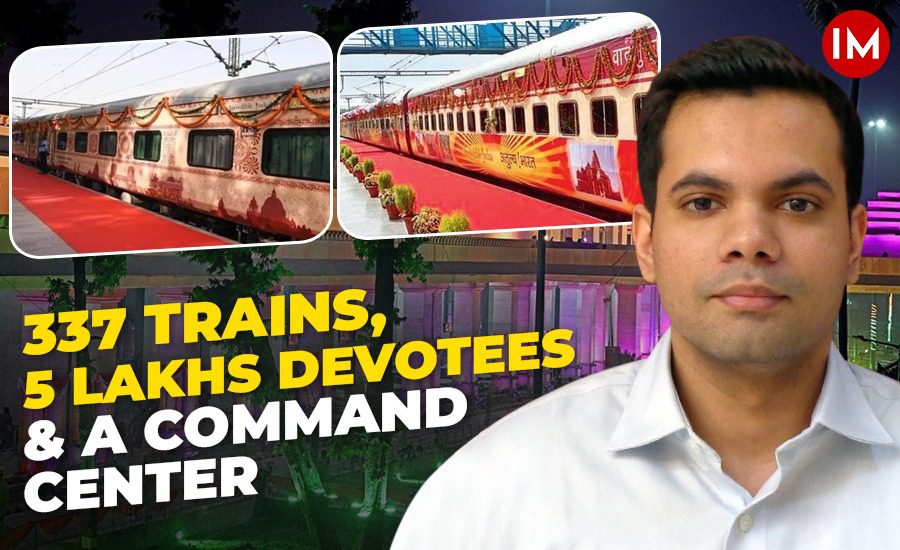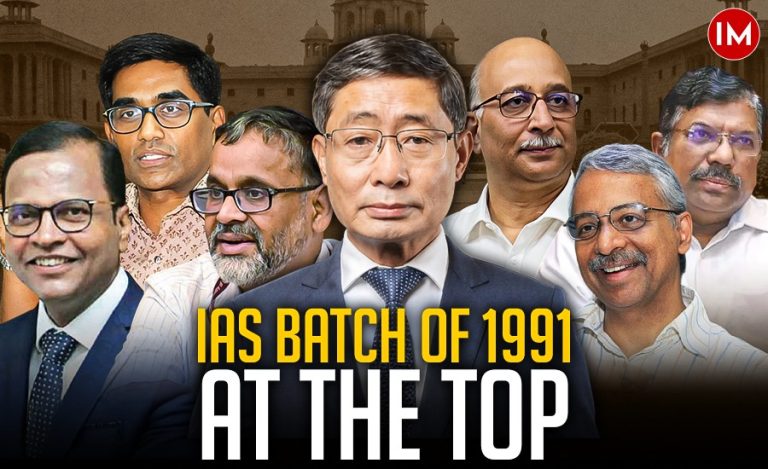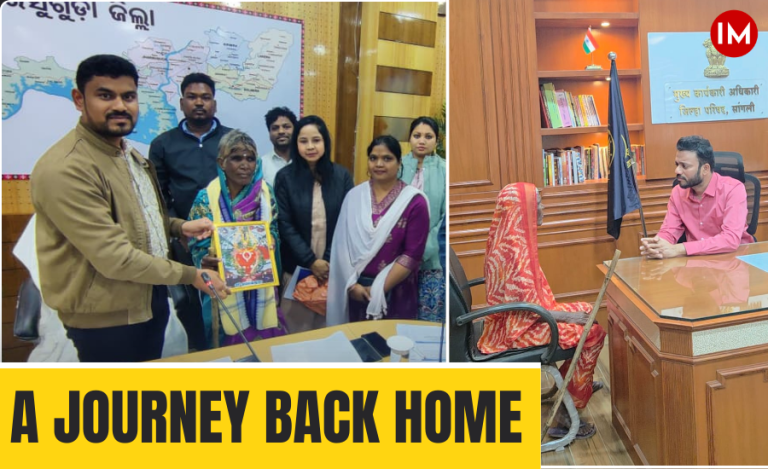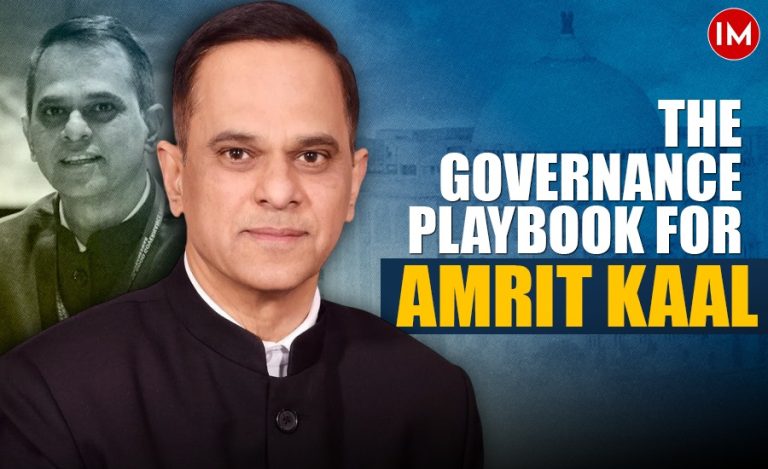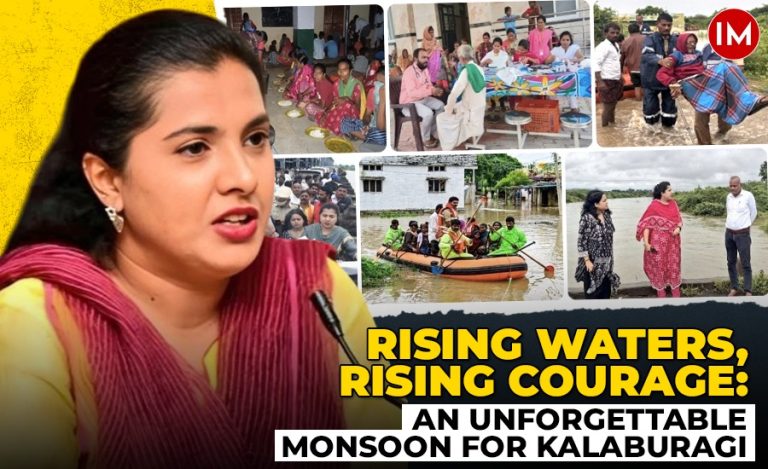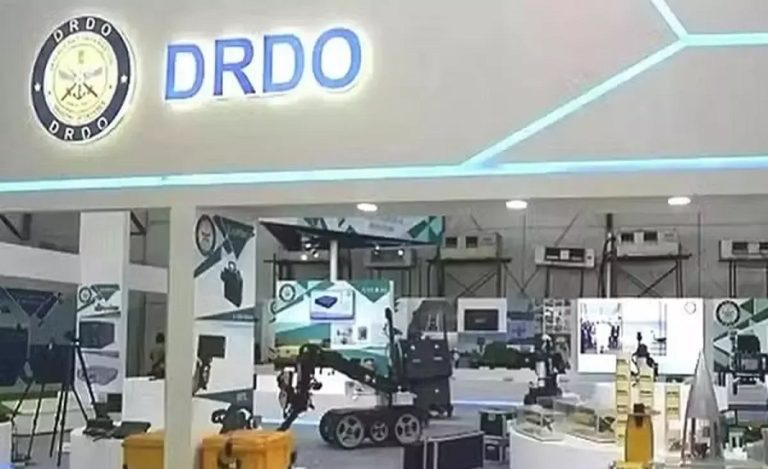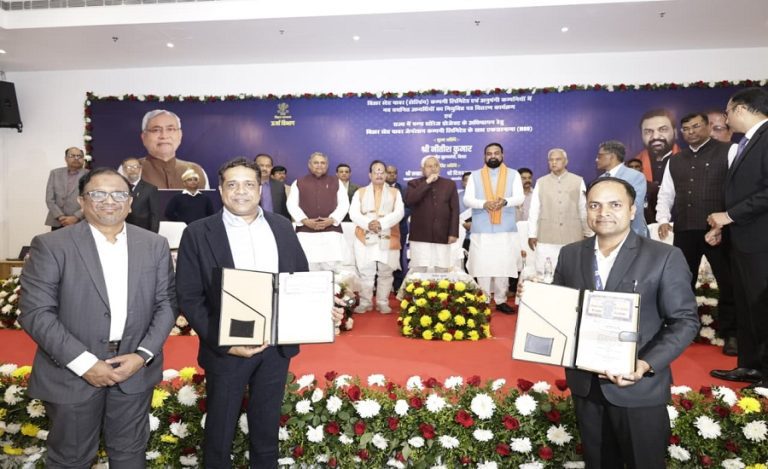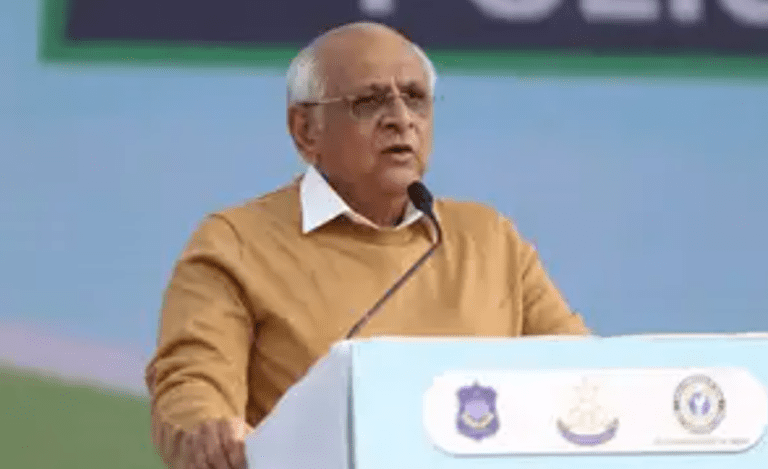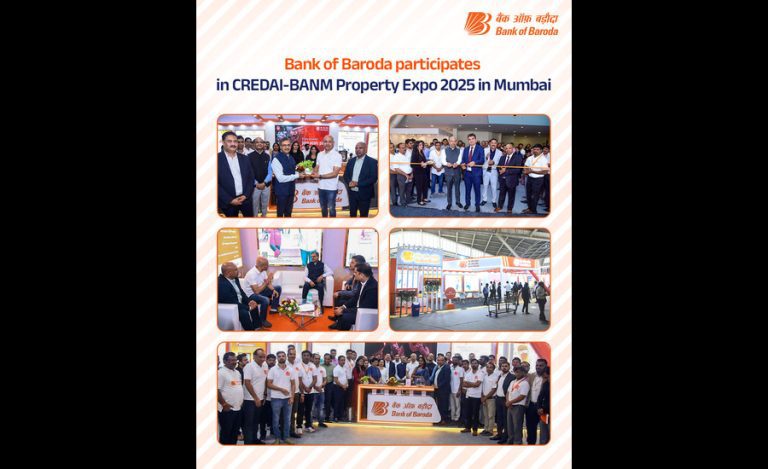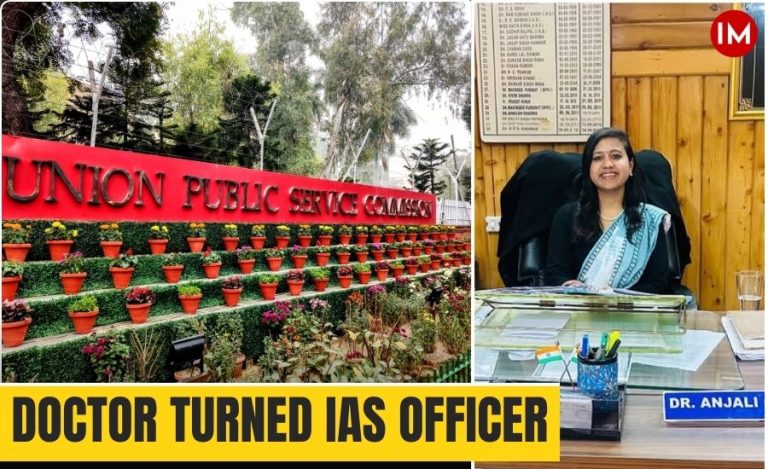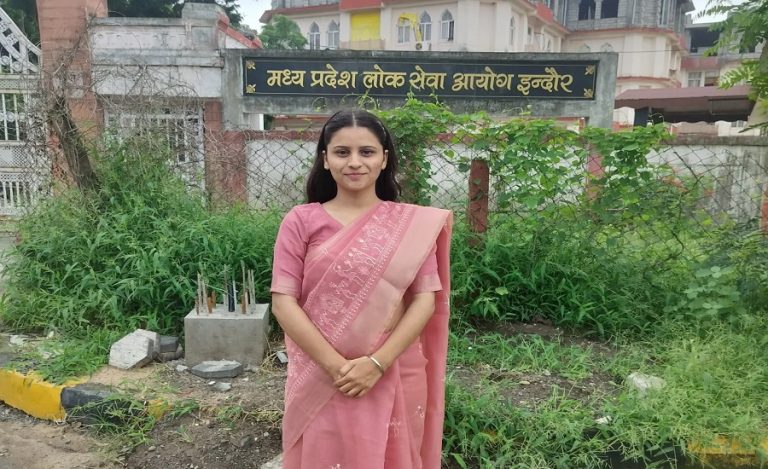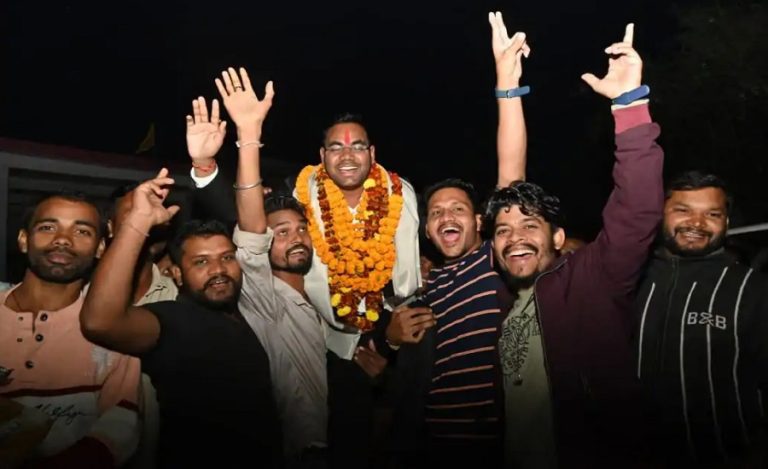After the consecration of the idol of Ram Lalla in Ayodhya on 22 January, 2024 the holy city has naturally seen a huge surge in the rush of the faithful.
As an immediate fallout, the government machinery had to struggle to deal with the unprecedented crowds. And, as Indian Railways, in particular, remain the most popular mode of public transportation for the common man, trains coming in and going out of Ayodhya had to be streamlined to manage easy but disciplined travel without any untoward incident.
Railways operated Astha Special trains for pilgrims from February 5 to March 10, 2024. Devotees from all around the country traveled to Ayodhya on these trains. As it was expected that these special trains would draw large crowds, a centralized integrated command was established to supervise the trains.
2016 batch IRTS officer Siddharth Verma, who is currently posted as Divisional Commercial Manager in Northern Railways, was assigned managerial duties in this command. Under his leadership, a team worked day and night to ensure that 5 lakh devotees safely reached their homes after Darshan. The same team also helped over 5,000 people in need of various assistance, reinforcing the common man’s faith in the Railways, with their efficient managment of one of the most difficult tasks ever assigned to them.
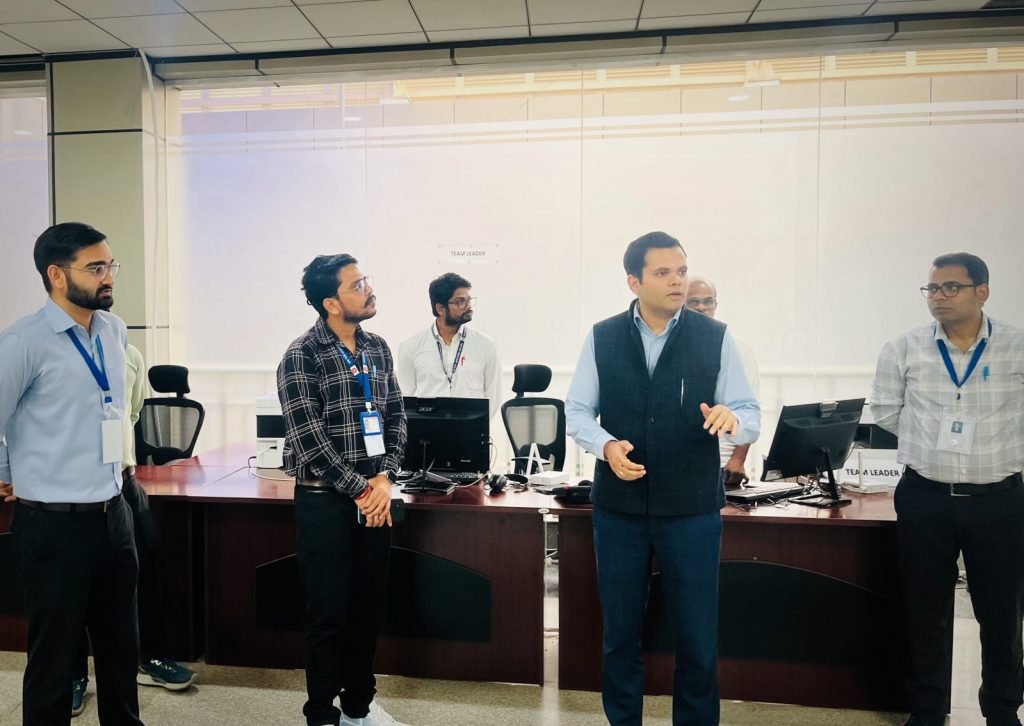
ASTHA COMMAND
Following January 22, the number of pilgrims was bound to increase. Railways ran the special trains, and a centralized command was required to oversee all train concerns. For example, when these trains reach Ayodhya, how would the pilgrims deboard, visit the temple, and return? How will all of these logistics be managed? Aside from that, it is crucial to note that everyone who visits Ayodhya comes from diverse places. So, how will they be supported during their journey? It dealt with a wide range of concerns, including language, security, and medical issues.
So, as in charge of centralized command, Mr. Verma determined that everyone would be assisted in their regional language, making things easier for them. For this, a setup was established at the Ayodhya Dham junction, and the office was opened.
The most essential aspect here was the use of manpower and technology. Mr Verma had to decide what hardware and software would be necessary, as well as when and where the people would be deployed. Following the organizational setup, he established the communication with all railway zones.
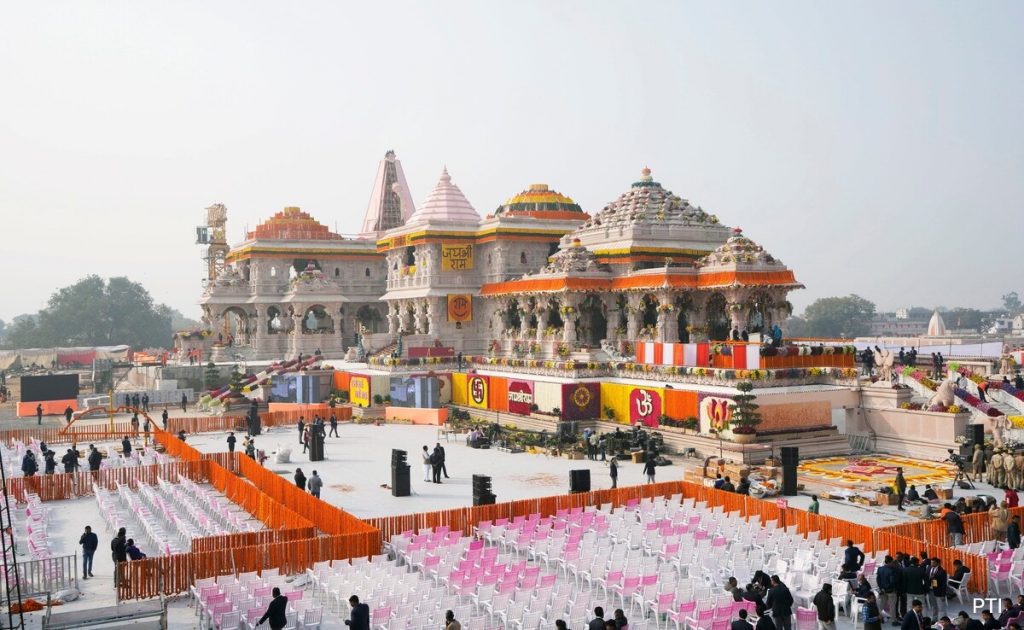
LANGUAGE
To ensure that the pilgrims do not encounter any language barriers, letters were addressed to all railway zones, requesting that staff and officers in their regional languages be made available from there.
These employees were assigned to duty in three shifts at the command center for 15 days, 24 hours a day, seven days a week. The center was divided into four parts to facilitate multilingual cooperation.
Employees who spoke Hindi and Punjabi were stationed in the North zone, Assamese, Oriya, and Bengali in the Eastern zone, Marathi and Gujarati in the Western zone, and Telugu, Tamil, Malayalam, and Kannada in the South zone.
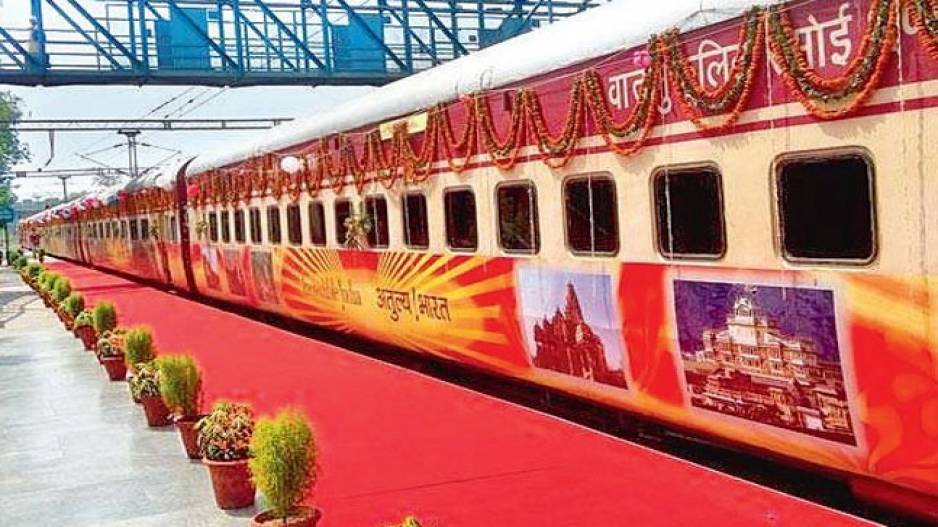
PHONE NUMBERS
The call numbers for the command center were designed to be easily remembered. Mr. Verma provided a simple four-digit hotline number. There were teams accessible at the command center 24 hours a day, seven days a week, ranging from IRCTC to support staff, security, and medical teams.
IP SOFTWARE
To assist the passengers in time, their identity was required. So, Mr. Verma developed software that combined IRCTC with a train running system. With this IP-based software, as soon as the Aastha Control Center was called, information such as the train, location, seat number, address, and passenger age was immediately available. This made it much easier to assist them.
Mr Verma integrated the system in such a way that if passengers call ‘Railway Help Line Numbers’, then the railway officials would automatically know all the details about them.
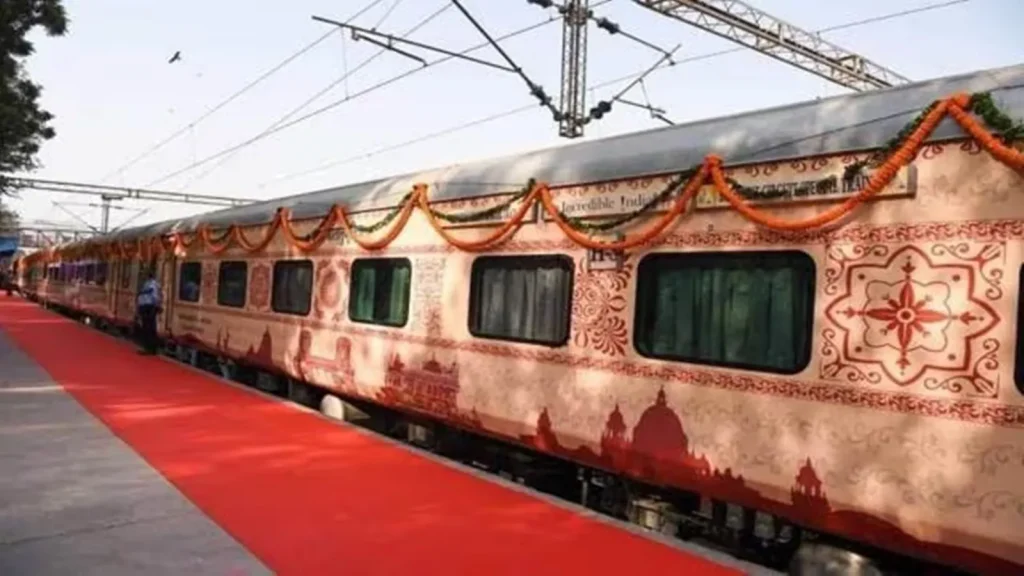
All of the country’s divisional control rooms were joined together in a WhatsApp group. In the case of a medical emergency involving a passenger, a list of doctors from railway health units near that station was created outside of the control center.
Passengers could access information such as train delays, meals, and cleanliness using this software. All Aastha Special trains were subject to special security measures. The National Train Inquiry System did not provide information about these trains, so a separate system was created for them.
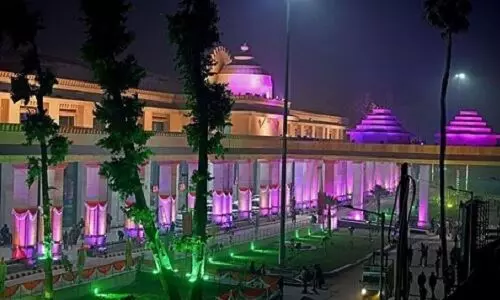
HELP
From February 5 to March 10, 2024, 337 Astha Special trains run on the track that connects Ayodhya. With these trains, about 5 lakh people visited Ayodhya to worship Lord Rama. Approximately 37 trains arrived in Ayodhya from Maharashtra.
More than 5,000 devotees from across the country called the Astha Command Center to request assistance. Railways also got thousands of phone calls as feedback to improve their services. More than 600 calls came in for medical assistance, while another 100 calls came in for security.
PM Modi also lauded the efforts of the railways for this.
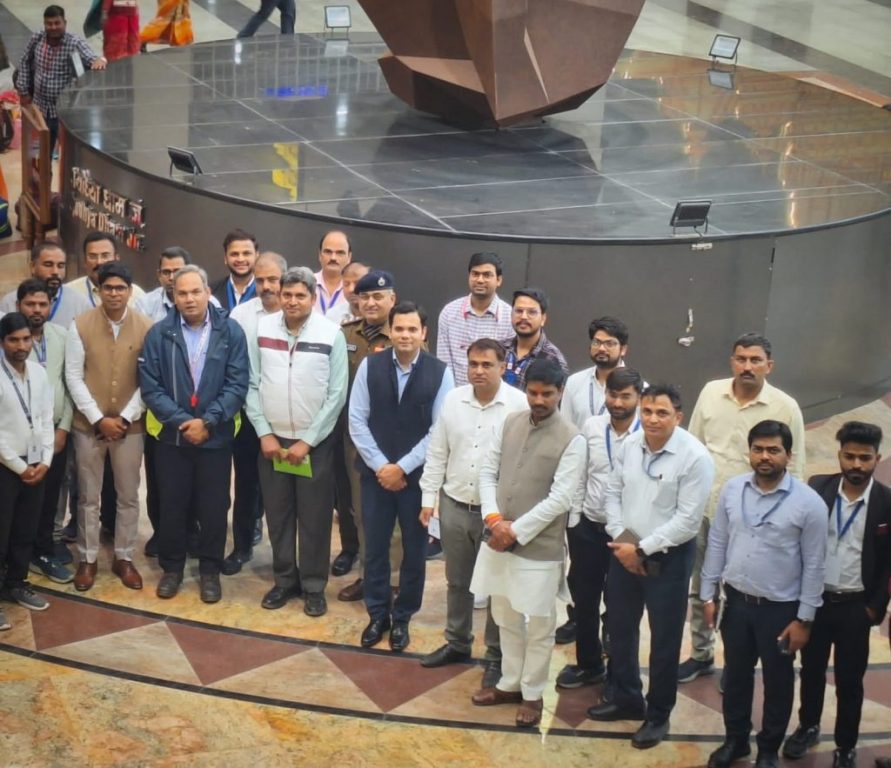
WHO IS HE
Mr. Verma is originally from Lucknow, Uttar Pradesh. He graduated in Political Science (Honors) and also did Law from Lucknow University. Following that, he earned an M.Phil in Public Policy from Cambridge University. He joined the Civil Service in 2015.
He played a crucial role in safely transporting migrant workers from across the country to their destinations using Shramik Special trains, which began after Corona’s complete lockdown in May 2020.
He re-entered the spotlight in May 2022, when he questioned Rahul Gandhi at Cambridge University on his statement that “India is not a nation but a union of states.”. He claimed that India is not a nation, but rather the consequence of state negotiations.
